*Note some of the links feature affiliate links. I only recommend items that I 100% love and think you will too!
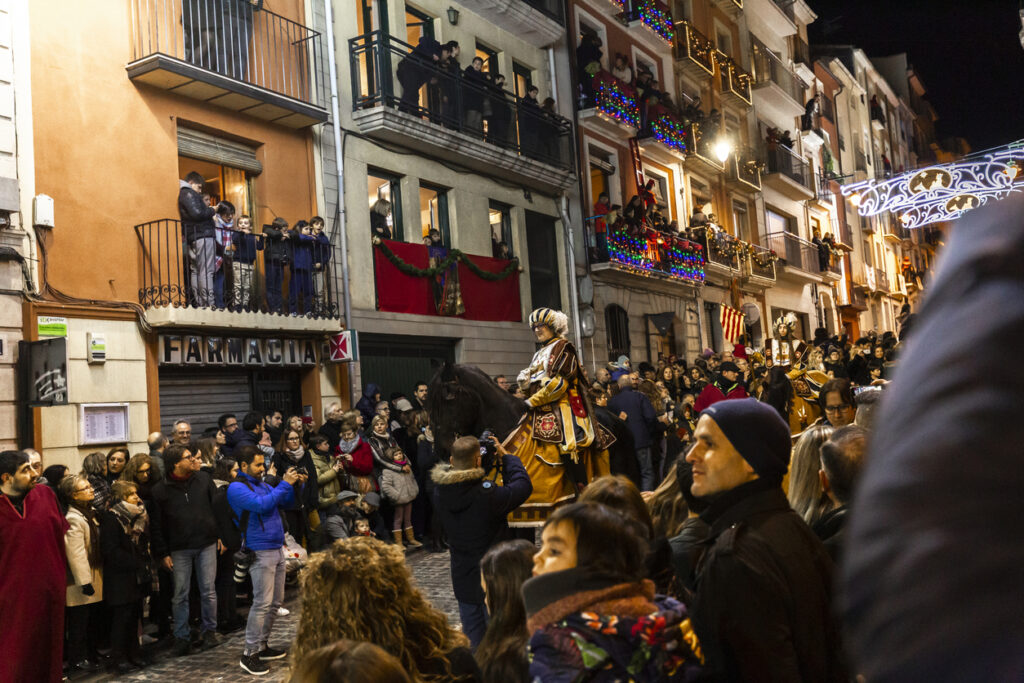
Customs, cultural quirks, and regional flavors shape Spain’s Christmas celebrations. Unlike the typical Western Christmas, which centers around December 25th, Spain extends its festive season well into January, creating one of the longest and most unique holiday celebrations in Europe.Starting with the warmth and family-centered feast of Nochebuena, where families gather on Christmas Eve to enjoy a lavish dinner and celebrate together, to the spectacular parades of Reyes Magos, Spanish Christmas traditions are a delightful mix of the familiar and the unexpected. Let’s dive into the enchanting world of Christmas traditions in Spain, exploring the customs, foods, and festivities that make this season so special.
Plan Your Trip
As you plan your holiday trip to Spain, use this map to find the perfect hotels for your stay.
Nochebuena: The Heart of Spanish Christmas Celebrations
In Spain, the most important family gathering during the Christmas season takes place on Nochebuena, or Christmas Eve, which literally translates to “Good Night.” This evening is a time for families to come together for a grand feast, often lasting late into the night.
- The Feast of Nochebuena: The Nochebuena dinner is a lavish affair, with regional variations across Spain. In coastal areas, seafood such as prawns, lobster, and shellfish are staples, while in other regions, dishes like cochinillo asado (roast suckling pig), cordero (lamb), and pavo trufado de Navidad (Christmas turkey with truffles) are popular. Sides may include menestra de verduras (vegetable medley) and ensalada de Navidad (Christmas salad), often made with ingredients like pomegranate, nuts, and orange.
- Sweet Treats and Desserts: After the main course, Spaniards indulge in an array of traditional Christmas sweets. These include turrón (a nougat made from almonds and honey), polvorones and mantecados (crumbly almond cookies), and Roscón de Reyes (a ring-shaped cake enjoyed throughout the season). Each of these desserts holds a special place in Spanish households and varies slightly by region, adding a local touch to the festive table.
- Midnight Mass: La Misa del Gallo: After the Nochebuena feast, many families attend La Misa del Gallo (The Rooster’s Mass), a midnight mass that commemorates the birth of Jesus. The tradition gets its name from the belief that the rooster crowed the night Jesus was born. In many towns and cities, church bells ring out, and people gather to celebrate in a serene and spiritual atmosphere, singing carols and sharing goodwill.
Navidad and New Year’s Celebrations: A Continuation of Festive Joy
While Christmas Eve is the main event, the celebration does not end there. Christmas Day (Navidad) in Spain is typically a more relaxed day spent with family, and the festive spirit continues as the New Year approaches.
- El Día de Navidad: On Christmas Day, families and close friends often enjoy a leisurely lunch, making it a quieter celebration compared to Nochebuena.
- Many families may continue the feast from the night before or enjoy a simpler meal. The focus is on togetherness, reflecting on the past year, and sharing stories and laughter.
- Nochevieja: New Year’s Eve: Known as Nochevieja, New Year’s Eve is celebrated with great enthusiasm across Spain. One of the most beloved traditions is the Doce Uvas de la Suerte, or “The Twelve Grapes of Luck.” As the clock strikes midnight, Spaniards eat twelve grapes, one with each chime, to bring good fortune in the coming year. This tradition dates back to the early 20th century, and people across Spain practice it, often celebrating with lively street parties, fireworks, and music.
- Street Celebrations and Fireworks: Major cities like Madrid, Barcelona, and Seville host grand street parties on New Year’s Eve, where people gather to ring in the new year with dancing, fireworks, and music. In Madrid, thousands gather at the Puerta del Sol, where the bells of the clock tower signal the start of the grape-eating tradition.
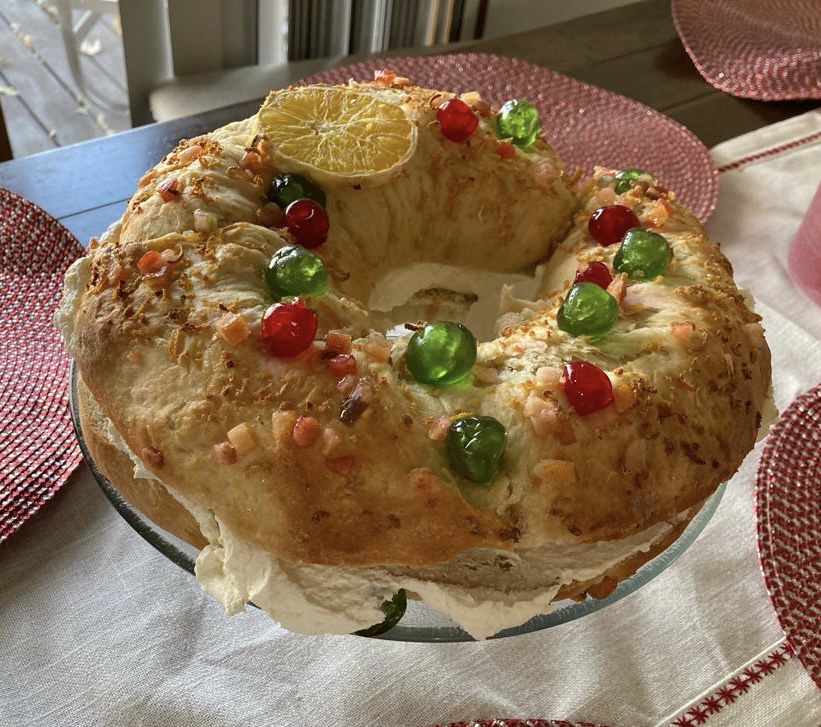
Reyes Magos: The Arrival of the Three Kings and Spain’s Grand Finale
While the rest of the world winds down after New Year’s, Spain gears up for one of its most cherished and vibrant celebrations — Reyes Magos, or Three Kings’ Day, on January 6th. This day commemorates the biblical journey of the three wise men, known in Spain as Melchor, Gaspar, and Baltasar, who brought gifts to the baby Jesus.
- Cabalgata de Reyes: The Three Kings Parade: The night before Reyes Magos, cities and towns across Spain host the Cabalgata de Reyes, a grand parade featuring colorful floats, music, and costumed performers. The three kings make a grand entrance, tossing sweets to the children gathered along the parade route. In larger cities like Madrid, Barcelona, and Valencia, these parades are massive events with elaborate decorations, dancing, and fireworks, drawing crowds of thousands.
- Gift-Giving on Reyes Magos: Unlike many Western countries where gifts are exchanged on Christmas Day, Spaniards traditionally exchange gifts on the morning of January 6th, following the parade. Children wake up to find presents left by the three wise men, just as they brought gifts to baby Jesus. The tradition is accompanied by joy and excitement, as families come together to celebrate and share gifts.
- Roscón de Reyes: A Festive Tradition: No Reyes Magos celebration is complete without the Roscón de Reyes, a ring-shaped cake decorated with candied fruits to resemble a jeweled crown. Bakers hide a figurine and a bean inside the cake. The person who finds the figurine is crowned “king” or “queen” for the day, while the one who finds the bean must buy the cake the following year.This fun tradition brings families together and adds a touch of excitement to the festive breakfast.
El Caganer and El Tió de Nadal: The Quirky Side of Spanish Christmas
Spain is known for its unique and sometimes quirky Christmas traditions that add a layer of humor and regional charm to the celebrations.
- El Caganer: The Pooping Figurine: In Catalonia, one of the most unusual and beloved traditions is the El Caganer, a small figurine of a peasant squatting with his pants down, often found in Nativity scenes. The tradition dates back to the 18th century and symbolizes fertilization, good luck, and prosperity for the coming year. Over time, the figure has evolved to include famous personalities and political figures, adding a touch of humor to the otherwise solemn Nativity scene.
- El Tió de Nadal: The Christmas Log: Another quirky Catalan tradition is the Tió de Nadal, also known as Caga Tió. This wooden log is painted with a smiling face and adorned with a red hat. Beginning on December 8th, the Feast of the Immaculate Conception, children “feed” the log daily with small treats. On Christmas Eve, they beat the log with sticks while singing a traditional song, encouraging it to “poop” presents, sweets, and small gifts. This playful tradition is unique to Catalonia and reflects the region’s distinct cultural identity.
Epiphany and Beyond: The End of the Christmas Season in Spain
The celebration of Epiphany on January 6th, marking the visit of the three wise men, is the grand finale of the Spanish Christmas season. However, the spirit of Christmas lingers a bit longer.
- El Día de los Reyes: After the parades, families gather for a final festive meal, often featuring a Roscón de Reyes and other traditional dishes. This day marks the official end of the Christmas season, but the festive spirit continues with smaller community events and family gatherings.
- Clearing Out the Christmas Decorations: On January 7th, it’s time to clear out the Christmas decorations, and families start to return to their routines. However, the memories of the season’s warmth, joy, and togetherness remain fresh, carrying the spirit of Christmas forward into the new year.
Embrace the Magic of Christmas in Spain
Christmas traditions in Spain offer a delightful mix of warmth, humor, and deep cultural roots that make the holiday season truly special. From the family feasts of Nochebuena to the joyous parades of Reyes Magos and the quirky traditions of El Caganer and Caga Tió, Spaniards celebrate Christmas with a blend of reverence, joy, and a sense of community. Whether you’re a visitor experiencing these traditions for the first time or a local who has grown up with them, the Spanish Christmas season is a time to cherish, filled with unique experiences and unforgettable moments.
FAQs:
What traditions do Spain have at Christmas?
Spain celebrates Christmas with unique traditions such as the “Nochebuena” feast on Christmas Eve, the Three Kings’ Day (Día de los Reyes) parade on January 5th, and attending a “Misa del Gallo” (Midnight Mass). Families also enjoy singing Christmas carols called “villancicos” and setting up elaborate Nativity scenes.
What is a traditional Christmas treat in Spain?
A traditional Christmas treat in Spain is “turrón,” a type of nougat made with almonds and honey. Other popular festive sweets include “polvorones” and “mantecados,” which are crumbly shortbread cookies, and “roscón de Reyes,” a ring-shaped cake eaten on Three Kings’ Day.
What is Santa called in Spain?
In Spain, Santa Claus is known as “Papá Noel.” While Papá Noel is becoming more popular, many Spanish families still focus on the Three Kings (Los Reyes Magos) for gift-giving, celebrated on January 6th.
Does Spain decorate for Christmas?
Yes, Spain decorates beautifully for Christmas, with cities adorned with festive lights, elaborate Nativity scenes, and Christmas trees. Many towns also host Christmas markets, where you can find holiday decorations, traditional foods, and artisanal crafts.
What is the most important day of Christmas in Spain?
Nochebuena (Christmas Eve) is the most important day, celebrated with a family feast and midnight mass.
Christmas in Europe
This collection of posts offers tips for celebrating Christmas in Spain, including insights into local traditions, festive foods, and vibrant markets. It also highlights the best Christmas tours across Europe, such as enchanting river cruises and visits to famous Christmas markets, providing travelers with unforgettable ways to experience the holiday season.
Vienna Christmas Market Tour
Immerse yourself in the festive spirit of Christmas with a walking tour through Vienna's traditional Christmas markets, where you can admire beautiful holiday decorations and handcrafted goods. Stay warm with a cup of hot punch and savor delicious treats from the market stalls.
7 Night Christmas on the Danube - Westbound on Viking Ve | Booking.com Cruises
Celebrate the holiday season on a Danube River Christmas cruise, where you can enjoy cozy strolls through festive Christmas markets, explore charming European towns, and soak in the beautiful winter scenery along the way.
7 Night Christmas on the Rhine on Viking Rolf
Enjoy the festive spirit on a Christmas on the Rhine cruise, where you'll explore enchanting villages, browse charming holiday markets, and take in the picturesque winter landscapes of Europe along the Rhine River.
Discover the Best Christmas Markets in Madrid: A Festive Guide
Explore the best Christmas markets in Madrid with this festive guide, featuring enchanting stalls, seasonal treats, and holiday traditions in the heart of Spain's capital.
7 Night Christmas on the Seine on Viking Radgrid
Experience the magic of the holidays on a Christmas on the Seine cruise, where you'll sail through the heart of Paris and beyond, exploring charming towns, festive markets, and the beautiful winter scenery of Northern France.
Strasbourg 7-Hour Christmas Markets Tour
The Christmas markets of Alsace herald the return of cherished holiday traditions, transforming the region into a wonderland filled with enticing aromas, charming handmade crafts, and twinkling lights..
Discover the Best 2024 Christmas Market River Cruises in Europe
Experience a magical 2024 holiday season with a Christmas market river cruise through Europe’s scenic rivers, where charming towns, festive lights, and famous markets from Cologne to Vienna offer a unique blend of culture, history, and holiday cheer.
Christmas cruise with Christmas Eve buffet
Cruise through the ancient centre of Prague on a unique Christmas evening with a rich international buffet and a small gift for everyone.
The information in this article is for informational purposes only and may not reflect the most current updates; please verify details independently before making travel plans. Always check with local sources before confirming your plans.
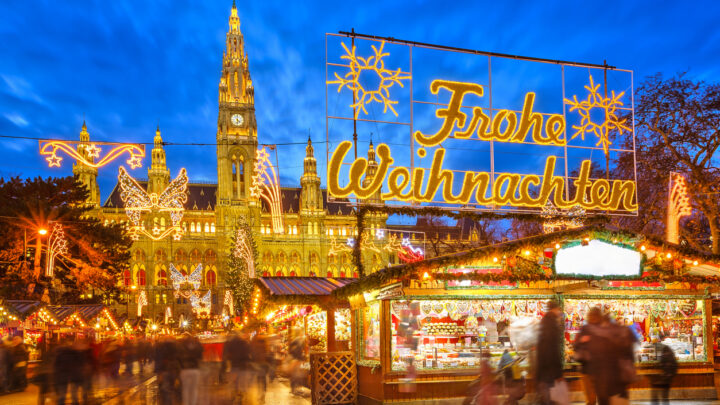
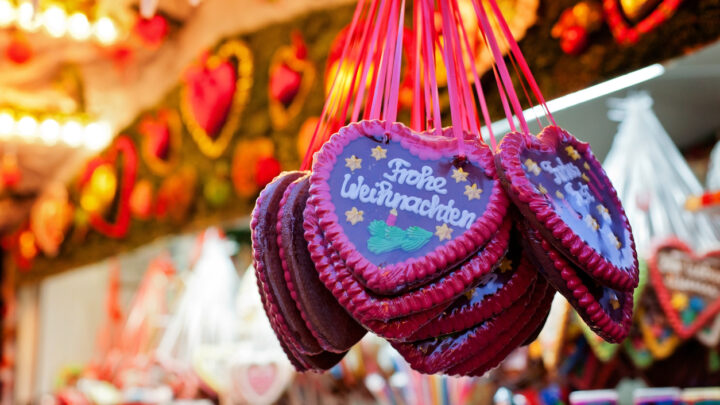
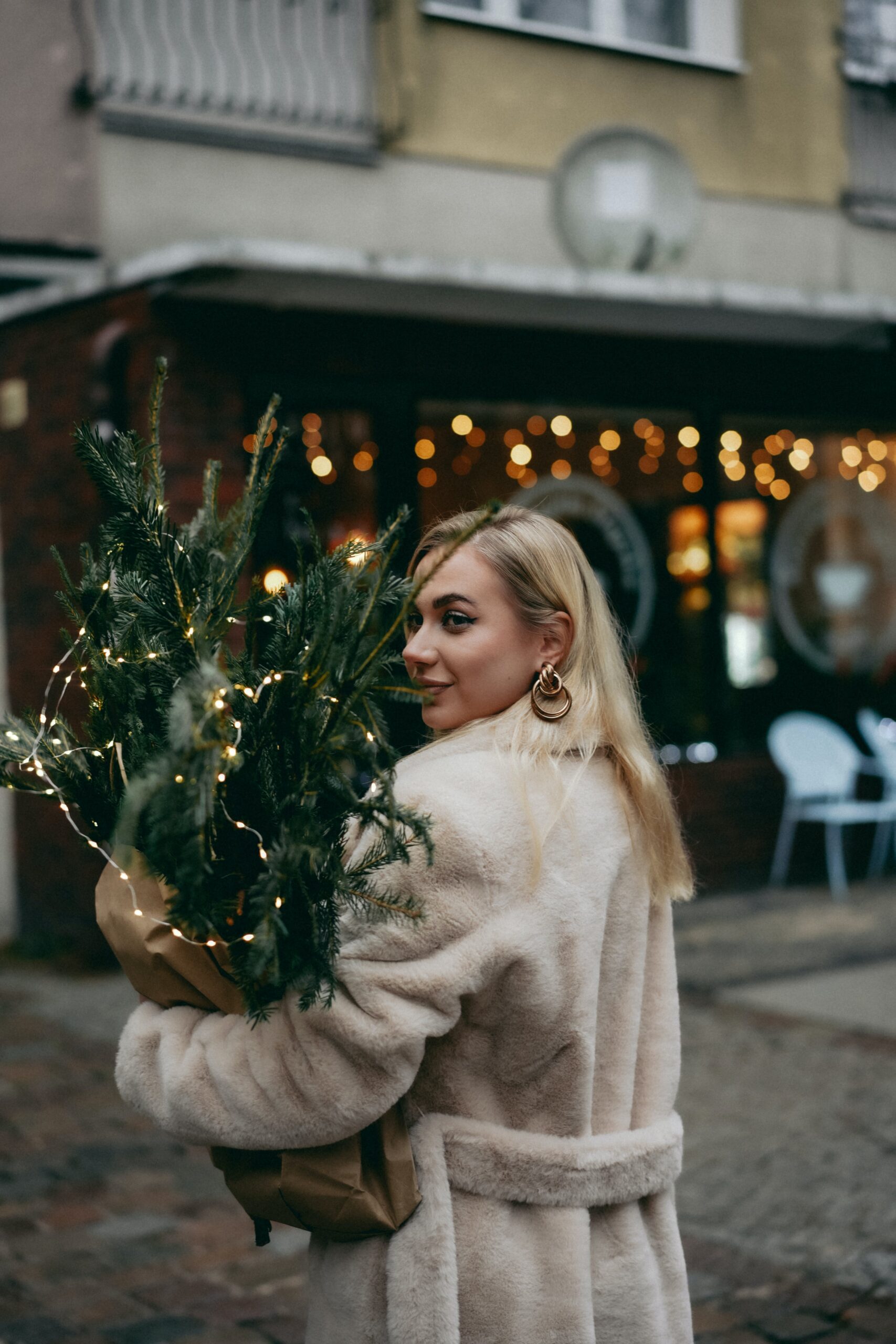
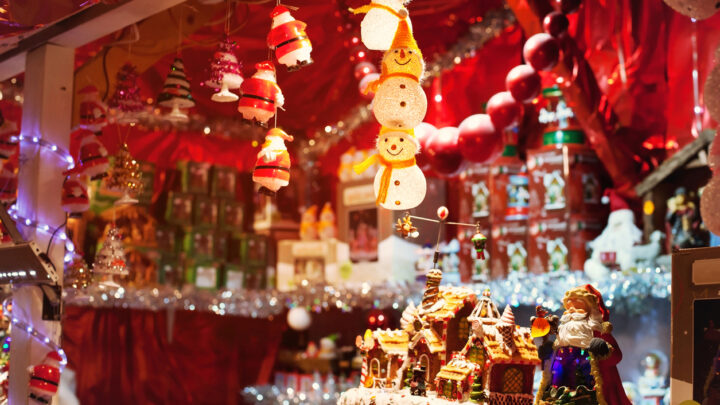
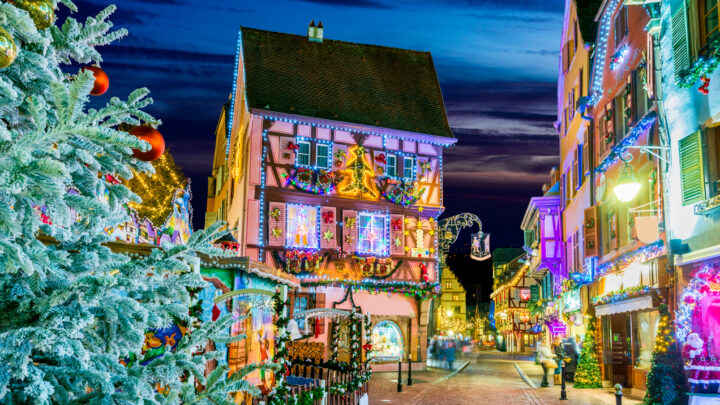
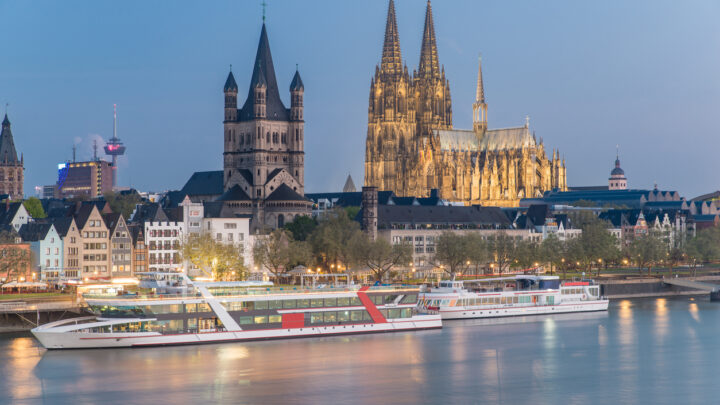
Comments Off on Christmas Traditions in Spain: From Nochebuena to Three Kings Day